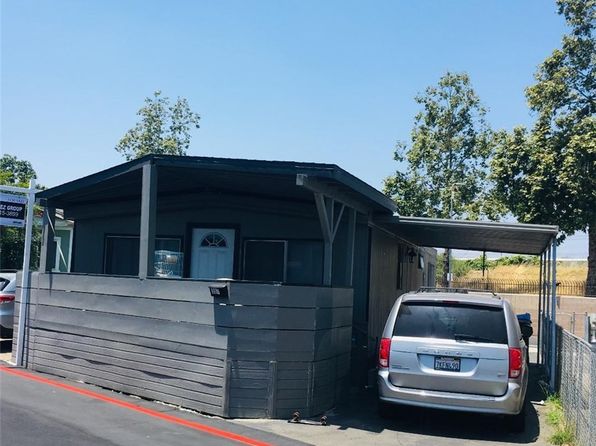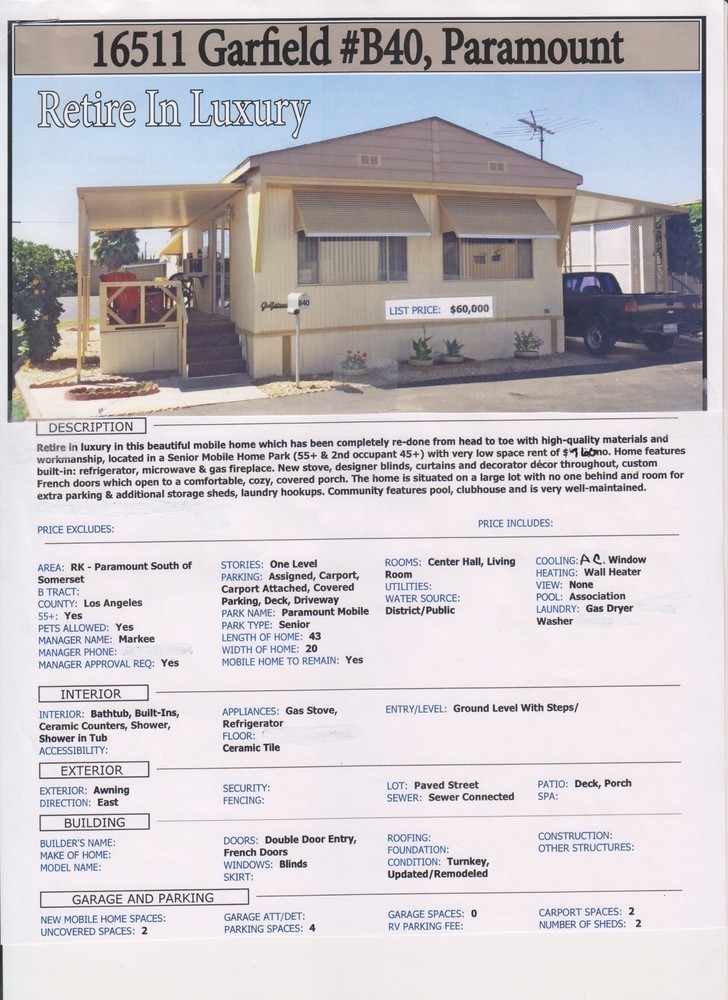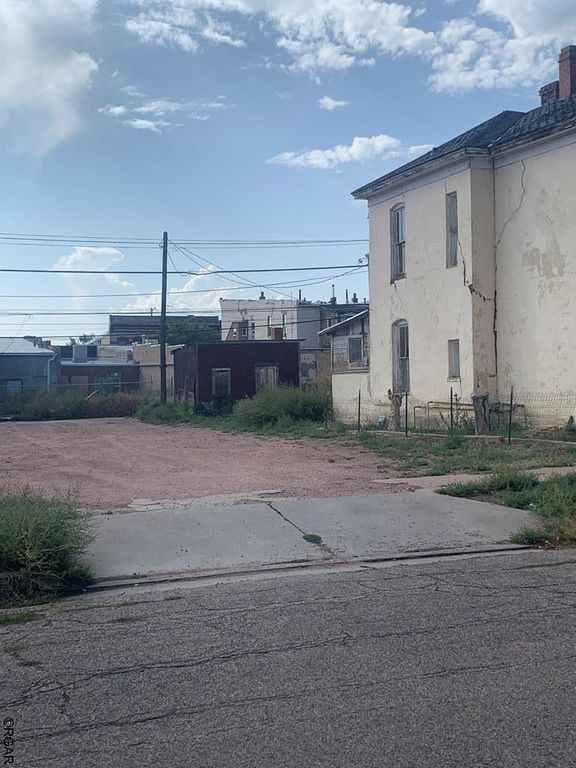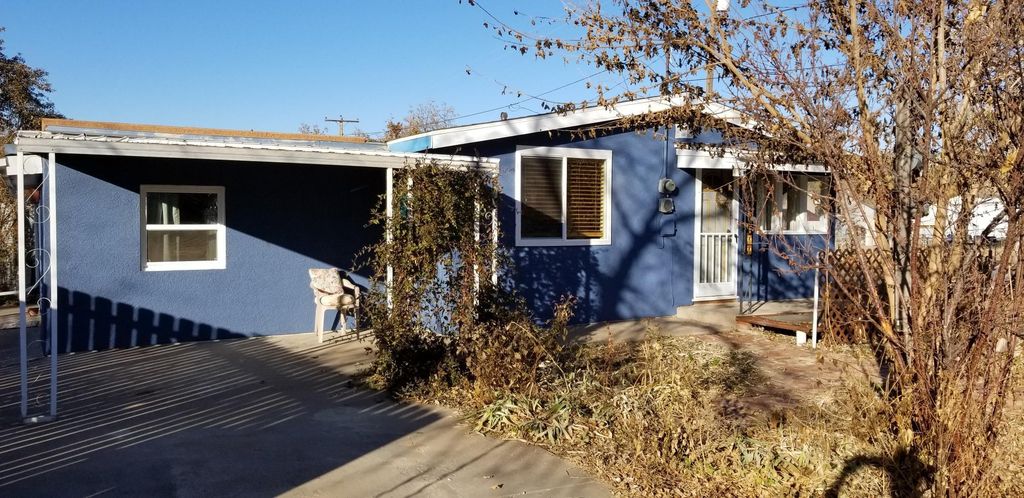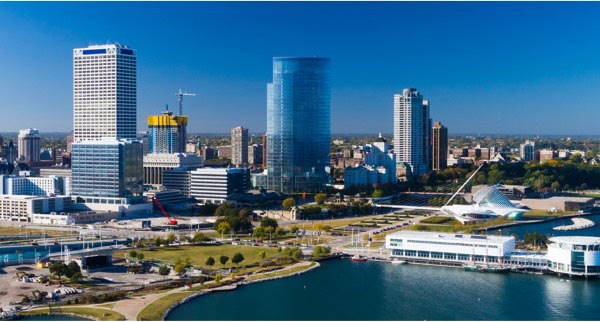It would not be until Feb. 1825 that the final decision to locate the northern terminus where the Cuyahoga empties into Lake Erie was announced. While lake traffic would have continued to come to Cleveland, the location of the northern gateway in Cleveland was crucial to the quick rise in its fortunes. The positive impact that discussion of the canal had on the hamlet and its economic prospects was enormous and was undoubtedly the product as much of political influence as of sound engineering judgment. Was only 605 in 1820, but even though it was not the most populous township in Cuyahoga County or the Reserve, it was the most significant commercial and manufacturing force in the area. A series of social and cultural institutions were founded in the years after the close of the WAR OF 1812, and political recognition of the hamlet as a village was successfully promoted in 1815.
The World War II films Flags of Our Fathers and Letters from Iwo Jima are about the Battle of Iwo Jima, told from the perspective of United States Marines and Japanese soldiers. Walker said 'she was the one who shot at us.' Walker later confessed that he was the one who opened fire. Commentators such as Arwa Mahdawi and Brittney Cooper suggested Taylor's killing would likely not have received so much attention if not for the George Floyd protests, as black women are often neglected. Mahdawi related this to the #SayHerName campaign and Malcolm X's statement "The most disrespected person in America is the black woman" and called for further protest until justice for Taylor is secured. In January 2022, The Courier-Journal reported that Mary Shaw, who was reelected unopposed in 2016, was the only one of 17 incumbent Jefferson County Circuit Court judges to draw an election opponent. Shaw, garnering 35.1% of the votes cast, advanced to the November election, along with Tracy Evette Davis, with 35.0% of the votes.
Celebrities and public figures
It is, we hope, an up-to-date, accurate, and comprehensive account of every important aspect of the city's past. One of the essays herein, "Histories of Cleveland," demonstrates the evolution and breadth of historical inquiry into the city's past. In the intervening years, not only has the city greatly changed, but, more important, historians have broadened their definition of urban history to include much more than the great men or events in a city's past. Given this chronological gap and new areas of intellectual inquiry, it seemed appropriate that Cleveland's history be updated in an encyclopedic format where a multitude of professional views could be brought forth on all aspects of local development. Fortunately, rich new resources were available to support such inquiry, as the article "Libraries and Historical Societies" attests. The September 2020 edition of O magazine featured Taylor on the cover instead of the usual image of Oprah Winfrey as a way to honor "her life and the life of every other black woman whose life has been taken too soon".
The floodplain on the west side was poorly drained land that had not been farmed. It was purchased by a group of Buffalo investors hoping northern Ohio would expand as Buffalo had done because of the Erie Canal. The marshlands were drained, and an elaborate hotel was built on the newly surveyed lands. Another scheme involved the development of the oxbow area of the river, which was named WILLEYVILLE and laid out in a pattern of radiating streets off a central circle.
Game Day
The trend established in the late precanal period continued after 1825 as more and more settlers came from New York State, and relatively fewer from Connecticut and the rest of New England. The natives included more members from the middle and upper class who came with funds to invest in the future prosperity of Cleveland, much as the land speculators did. Apparently, the canal workers, who included a considerable number of IRISH, did not settle in Cleveland. Newspapers record several self-help organizations serving Irish, GERMANS, and Scots during the decade. By 1840, it is likely that well over 25% of Cleveland household heads were foreign-born. Dorothea D. Kahn, staff correspondent of the Christian Science Monitor, visited Cleveland in late summer 1938.
Royal Road Entertainment and German producer Jens Koethner Kaul acquired the rights held by Les Films de l'Astrophore and the late Mehdi Boushehri. They reached an agreement with Oja Kodar, who inherited Welles's ownership of the film, and Beatrice Welles, manager of the Welles estate; but at the end of 2015, efforts to complete the film were at an impasse. In the mid-1950s, Welles began work on Don Quixote, initially a commission from CBS television. Welles expanded the film to feature length, developing the screenplay to take Quixote and Sancho Panza into the modern age.
Police department
Another continuing trend was the rising proportion of foreign-born emigrating to Cleveland. At mid-century, the native-born made up only V3 of household heads in Cleveland, and only 2/5 of those in Ohio City. A decade later, both sides of the river were under 30% native, compared with 33% for German-born and 22% for the Irish-born residents. This native minority benefited from the influx of Europeans, who held occupations at the lower end of the economic ladder. Natives filled virtually all skilled positions, such as machinists and shipwrights, as well as more white-collar occupations, including merchants, physicians, and boatbuilders.

In Italy in 1959, Welles directed his own scenes as King Saul in Richard Pottier's film David and Goliath. In Hong Kong, he co-starred with Curt Jürgens in Lewis Gilbert's film Ferry to Hong Kong. In 1960, in Paris he co-starred in Richard Fleischer's film Crack in the Mirror. In Yugoslavia he starred in Richard Thorpe's film The Tartars and Veljko Bulajić's Battle of Neretva. On radio, he was narrator of Tomorrow , a nuclear holocaust drama produced and syndicated by ABC and the Federal Civil Defense Administration. The film cans would remain in a lost-and-found locker at the hotel for several decades, where they were discovered in 1986, after Welles's death.
LaBlast Dance Fitness Class
Its goal was to change "scholars from dangerous to industrious citizens." The city also saw the need for expanded educational opportunities for all residents. From 1846 to 1860, the number of school buildings rose from 13 to 17, and the number of students from 1,500 to 6,000. In addition to the Ragged School, renamed the Industrial School in 1857, which trained poor youth, a high school opened in 1846 that trained those who wanted to learn the higher branches of education; and a night school opened in 1850 to aid those who needed to work but wished to learn, as well. In all, public education had virtually replaced private education on the eve of the Civil War, since only 3 secular schools remained in Cleveland in 1860, whereas a quarter-century before, nearly all pupils had attended private academies. The railroads revived commerce in Cleveland, which enhanced prosperity, but some observers saw problems unless the city's economic base broadened.

This shift toward the Republican coalition placed the area in the mainstream of American politics, just as it had gradually joined the economic and cultural mainstreams by the close of the antebellum period. Not all voluntary groups sought to solve urban problems; some sought to improve the social and intellectual environment of their members. German MUSIC groups proliferated in the period, and in 1854 the Cleveland Academy of Music opened. From the foundation laid in the 1830s and partially destroyed by the depression of the 1840s, the CLEVELAND LIBRARY ASSOCIATION revived and by mid-century had a collection of more than 2,000 volumes. Moreover, business leaders who were involved in church groups and other benevolent societies also formed a Board of Trade here where they could discuss economic issues and meet peers. Fraternal associations such as the Masons and Odd Fellows met throughout the period.
The most important of these was the Flats, where 38% of all Cleveland manufacturing establishments were located in 1900. Beginning at the mouth of the river, where the lime and salt mines, the coal-storage area, and the oil-refining facilities congregated, the Flats industrial district followed along the banks of the crooked river. Giant metalmaking mills were built south to the southeastern industrial suburb of NEWBURGH, which formed a second industrial district, containing iron and steel mills, metals-manufacturing plants, clothing and bookbinding factories, and the bulk of the city's container industry. The Flats and Newburgh districts housed heavy industries dependent on both water and rail transportation. A third industrial district, developed by LEONARD CASE along the lakeshore east on St. Clair Ave. between E. 55th St., housed metals-fabricating and other factories dependent on rail rather than water transportation.
Open Banking platforms like Klarna Kosma also provide a unique opportunity for businesses to overlay additional tools that add real value for users and deepen their customer relationships. Open Banking can also widen the net of prospective lenders by providing an immediate and accurate understanding of a customer’s financial history, allowing more lenders to better understand the specific risk profile and hence drive a more competitive loan product for the end customer. Fintech puts American consumers at the center of their finances and helps them manage their money responsibly. From payment apps to budgeting and investing tools and alternative credit options, fintech makes it easier for consumers to pay for their purchases and build better financial habits. I do a lot of work with the Administrative Office of the Courts, our central body doing civic education and outreach to high schools, because I want college and high school students and law students to have an experience where they get a chance to talk to a judge.


